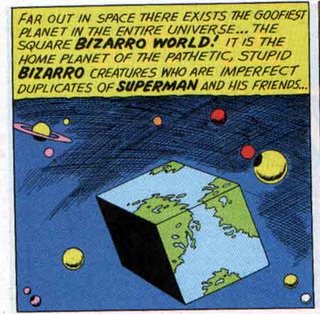Among the chosen few within the solar system would be not only Pluto, whose status has been challenged in recent years, but also Ceres, the largest asteroid; 2003 UB313, nicknamed Xena, an object discovered by Dr. Brown in 2005 orbiting far beyond Pluto in the outer solar system; and even Pluto’s largest moon, Charon.
In addition, at least a dozen more solar system objects are waiting in the wings for more data to see if they fit the new definition of planethood, which is that an object be massive enough that gravity has formed it into a sphere and that it circles a star and not some other planet.
The definition, they said, would apply both inside and outside the solar system.
The new definition was to be announced today in Prague, where some 2,500 astronomers are meeting in the triannual assembly of the International Astronomical Union. It is the work of the group’s Planet Definition Committee, whose chairman is Owen Gingerich, a Harvard astronomer. The astronomers will vote on the definition on Aug. 25.
However, the question remains: What about Bizarro World? Will the new emphasis on roundness mean that our square sister planet will no longer be a planet? And who gets to break the news to Bizarro?


No comments:
Post a Comment